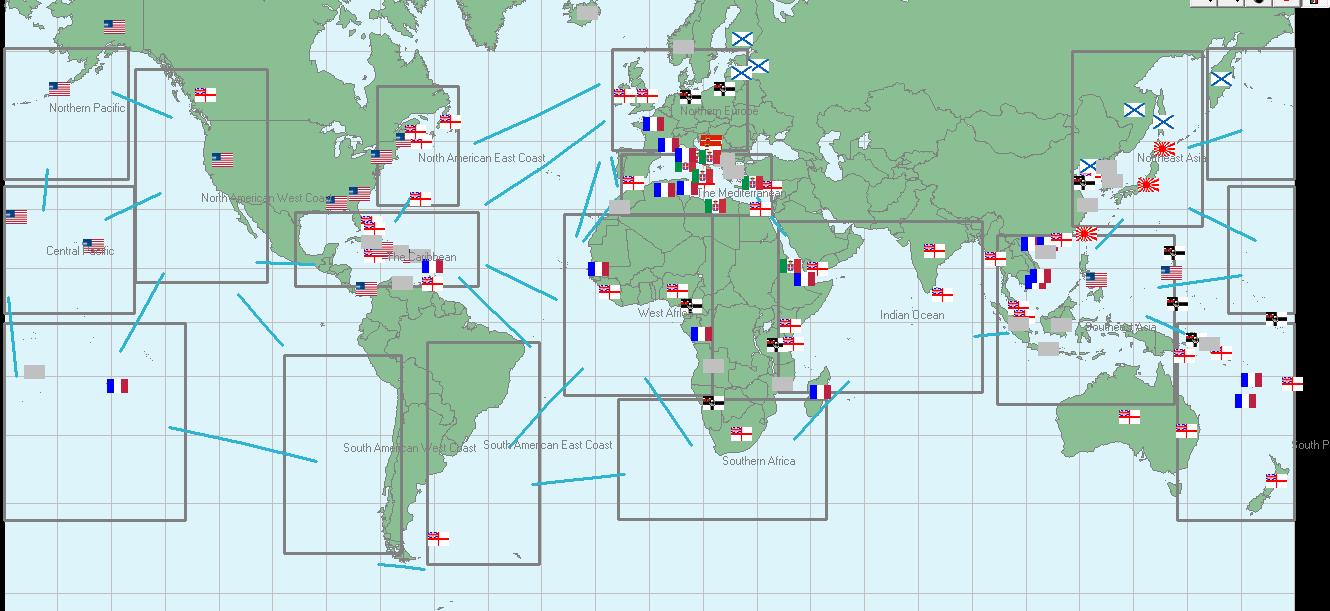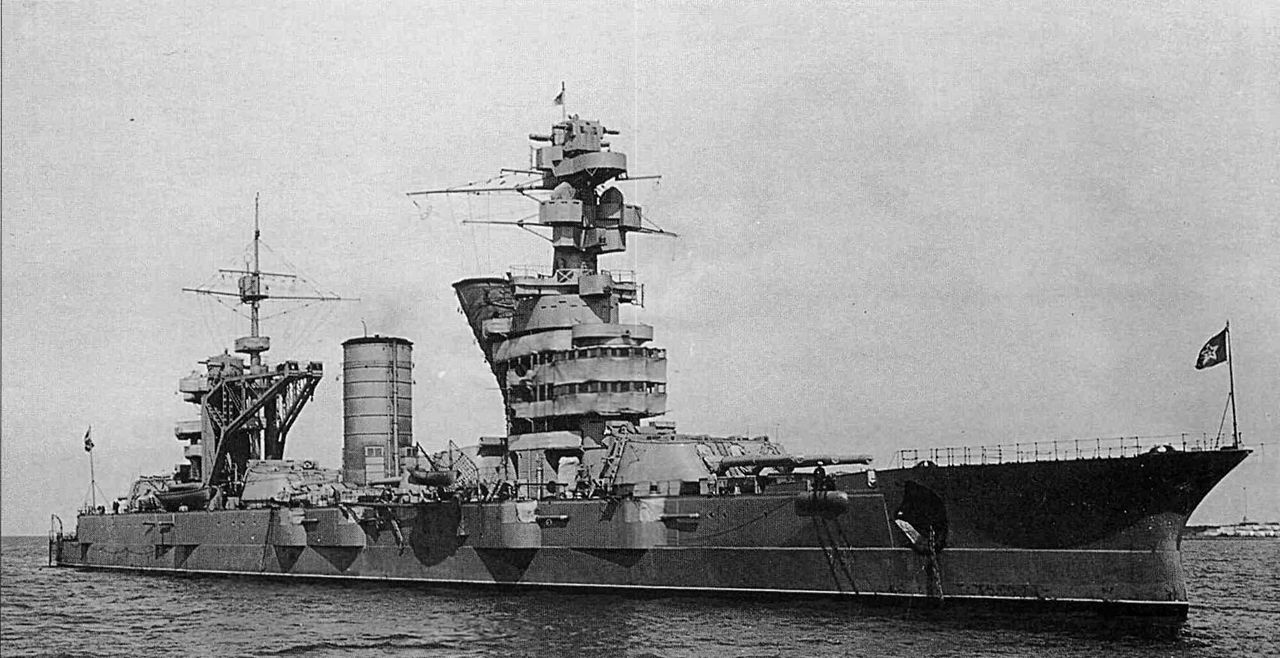Even as the seaplanes that battleships had traditionally carried were being retired in the late 40s, the need for battleship-based aircraft hadn't gone away. If anything, it had grown as the battleships focused more on shore bombardment. While fire-control radar had largely removed the need for aerial spotters when shooting at ships, it couldn't easily distinguish a shore target from the surrounding terrain. For that, aerial spotters were still needed. To fill this niche, the US Navy turned to the helicopter, which had emerged in the closing days of WWII and would revolutionize naval aviation.

A Sikorsky R-4 operates off of a ship
Navies had long been interested in rotary-wing aircraft for the obvious reason that they could take off and land vertically, removing the need for flight decks, catapults, craning aircraft out of the water, and all of the other hassles that went with fixed-wing aviation. In 1931, the USN had evaluated the Pitcairn XOP-1 autogyro, a sort of airplane-helicopter hybrid that used an unpowered rotor to generate lift. The XOP-1 was operated from the carrier Langley, but ultimately rejected as having insufficient range and payload to be useful. Several more attempts were made over the next decade, but autogyros, which were unable to hover, were simply not satisfactory, and interest turned to craft with powered rotors. The British made the first serious attempt at building one of these in 1938, when they issued Specification S.38/22, for a naval ASW helicopter. The competition was won by the Cierva Autogiro Company with their C.41 Gyrodyne design. The gyrodyne used a powered rotor for takeoff, landing, and hover, but was propelled by a conventional engine in level flight. However, the project was cancelled in 1940 due to other pressures, and rotary-wing naval aviation properly began in 1942, when the Germans conducted trials of the Flettner Fl 282 on the light cruiser Koln. A year later, the Americans began trials with the Sikorsky R-4 under the aegis of the Coast Guard. The German efforts never bore fruit, and Allied helicopters saw only very limited operational service during WWII, focusing primarily on search and rescue, a role that they obviously excelled at.
Read more...









Recent Comments